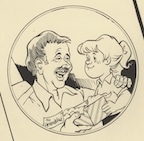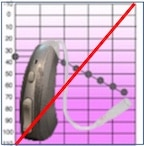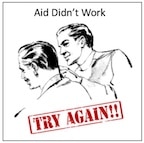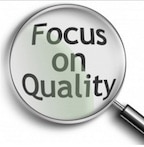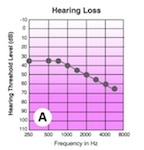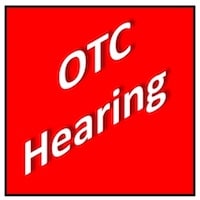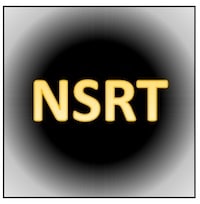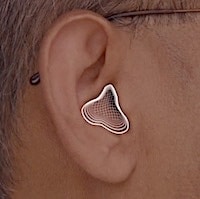Jun. 27, 2017
Self-fitting of hearing devices is an inherent feature of OTC or DTC (over-the-counter; direct-to-consumer) hearing aids. What can we expect now that this is becoming an active feature of hearing aid sales? The real issue, as expressed by Bess1, is not how an OTC or DTC hearing aid delivery system benefits hearing aid manufacturers and hearing professionals, but will this



